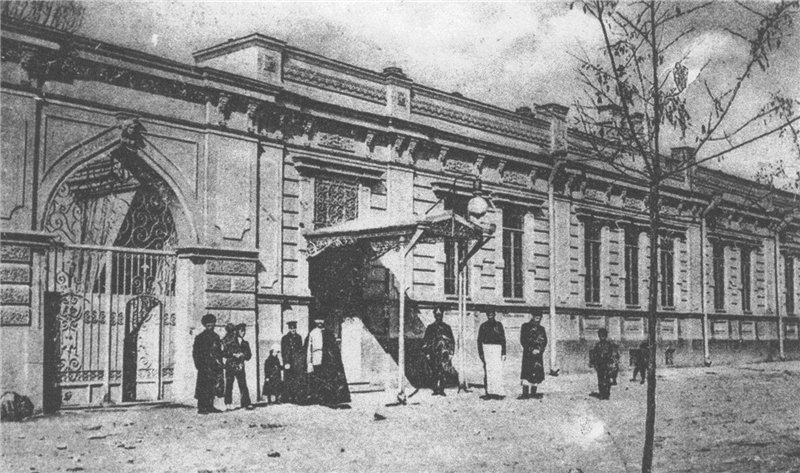


გორის მუნიციპალიტეტის მერია
Gori Municipality City Hall
Hot Line
0 370 27 00 06 , 598 26 00 01


History of the municipality
Gori has been an ancient city located on a strategically important trade route since ancient times. The city and its surrounding villages are known for their ethnic and cultural diversity, which is considered the wealth of the country.
Historian Eldar Mamistvalishvili sheds light on the peaceful coexistence of representatives of different ethnic groups and religions in Gori.
He explains how a cultural, religious, and ethnic mosaic was created here in the 19th and 20th centuries and how communities interacted and found their own role in the life of the city.
Gori is one of the oldest cities in Georgia and has been mentioned in historical sources since the 7th century.
Gori was declared a city in 1801, and its name is connected with the rocky hill "Gori Castle" that stood in the city, on which the old fortress was built.
Some of the main attractions of the municipality are Gori Castle, Gori Cathedral, Gori Theatre, the ancient rock-cut city of Uplistsikhe (VII century), the cross- domed temple of Ateni Sioni (VII century), the historical-ethnographic museum, and the house museum of Joseph Stalin.
Unfortunately, the Russian-Georgian war of August 2008 inflicted significant damage on Gori Municipality.
As a result of the war, 1/4 of the Georgian territory was occupied, and 53 villages were lost and burned.
Due to the Russian occupying forces' intervention, 228 Georgian civilians, 170 soldiers, and 14 policemen died, and 150,000 people were forced to leave their homes.
Between 1952 and 2010, there was a 6-metre-tall statue of Stalin on a 9-metre pedestal in the central square of Gori, which was erected during Stalin's lifetime. In 2010, the monument was dismantled.
XX century: Until 1917, the territory of the municipality was included in Gori Uezd of Tbilisi Governorate; in 1917–1930, only in Gori Uezd; and since 1930, it has been formed as a separate district.
Since 1950, Gori has become a city of Republican subordination.
XIX century: In the XIX century, the intensive growth of Gori began in the territory of the municipality. After the annexation of the Russian Empire, Gori
became a mazra town. In 1876, Gori received the right to city self-government.
XVIII century: The city was raided by the Ottomans in 1723. In 1735, the Persians dominated Gori. In the 1940s, during the reign of Teimuraz II, Gori was liberated from the invaders. This liberation led to significant growth in the city, and its peaceful existence gradually revived the public, economic, and cultural life of Gori.
XVII century: In 1614, Gori was occupied by the Shah of Persia, Abbas I, who ruled the subjugated country from here for a time. In the 70s of the 17th century, Gori was an important trade centre.
XVI century: In the middle of the 16th century, Gori was temporarily taken over by Shah Tamaz I of Persia. By the late 16th century, Gori had become a
springboard for Ottoman rule in Kartli. In 1599, King Simon I attacked Gori, captured the castle, and destroyed the Ottoman garrison.
XV century: In 1477, Uzun-Hasan of the Sak-Qoyunlu state suddenly attacked Gori, took it without a fight, but soon abandoned it.
XIV century: In the 20s of the 14th century, King George V the Brilliant liberated the fortress city.
XIII century: The city was strategically located at the intersection of important trade routes (Silk Road), and its dominance meant political control over Shida Kartli.
The ancient city of Uplistsikhe, located in the territory of the municipality of Gori, dates back to the 7th century.
A group of archaeological and architectural monuments is preserved in Uplistsikhe and its surroundings, the oldest of which belongs to the Early Bronze Age and the Mtkvar-Araks culture circle.
The architectural complex of Uplistsikhe was built in the first half of the 1st millennium BC. Uplistsikhe was an urban-type settlement that became a large city in the early Hellenistic period (at the end of the 4th century BC).
For more information, please, visit the link below
https://gorimaps.ge/history/en/